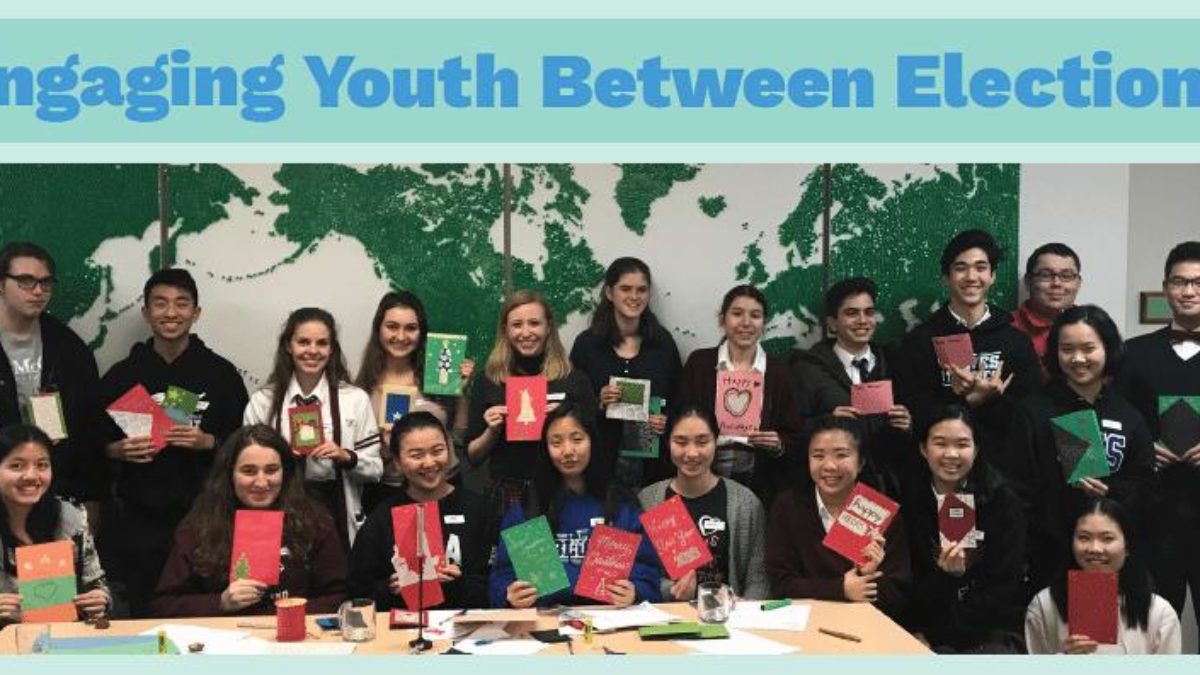Samara Canada’s research into youth engagement has shown that the commonly held belief that youth are apathetic is not true. Across 18 forms of participation, younger Canadians’ participation rate is 11 percentage points higher, on average, than their older counterparts.
And yet they still don’t vote at the same rates as older people. One promising way for engaging young people in political-decision making has been attracting new interest from political leaders in Canada: local youth councils or advisory boards are being organized by elected representatives from different regions, riding types, levels of government, and political parties. But how do such youth councils work, exactly? How are they set up? What impact do they have?
To answer these questions, national charity Samara Canada interviewed a small number of Members of Parliament, constituency office staff, and youth council members. Drawn from their advice and insights, a practical guide and an accompanying report were developed to provide a glimpse into how several youth councils have formed, the variety of ways they can be run, and the impact they can have. The guide and the report were sent to all Members of Parliament, elected representatives at other levels of government, and many youth stakeholder organizations across Canada to encourage elected leaders and their staff to engage youth and start their own councils or, if they already have one, to reinvigorate their methods of fostering democratic involvement in youth.
Photo: A MP Youth Council in action.
